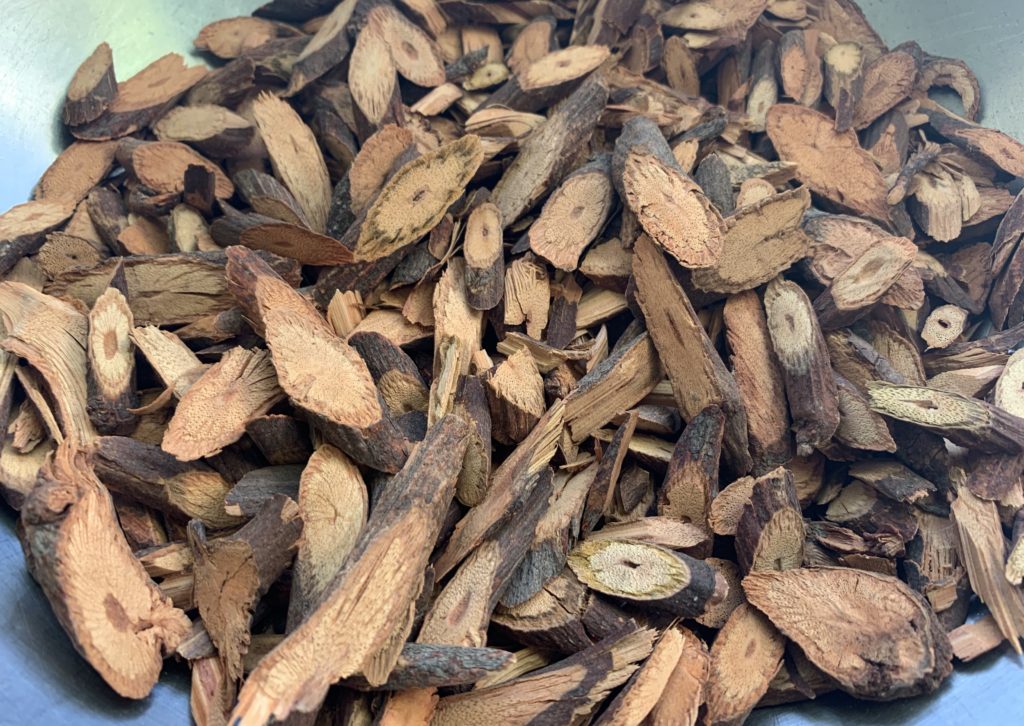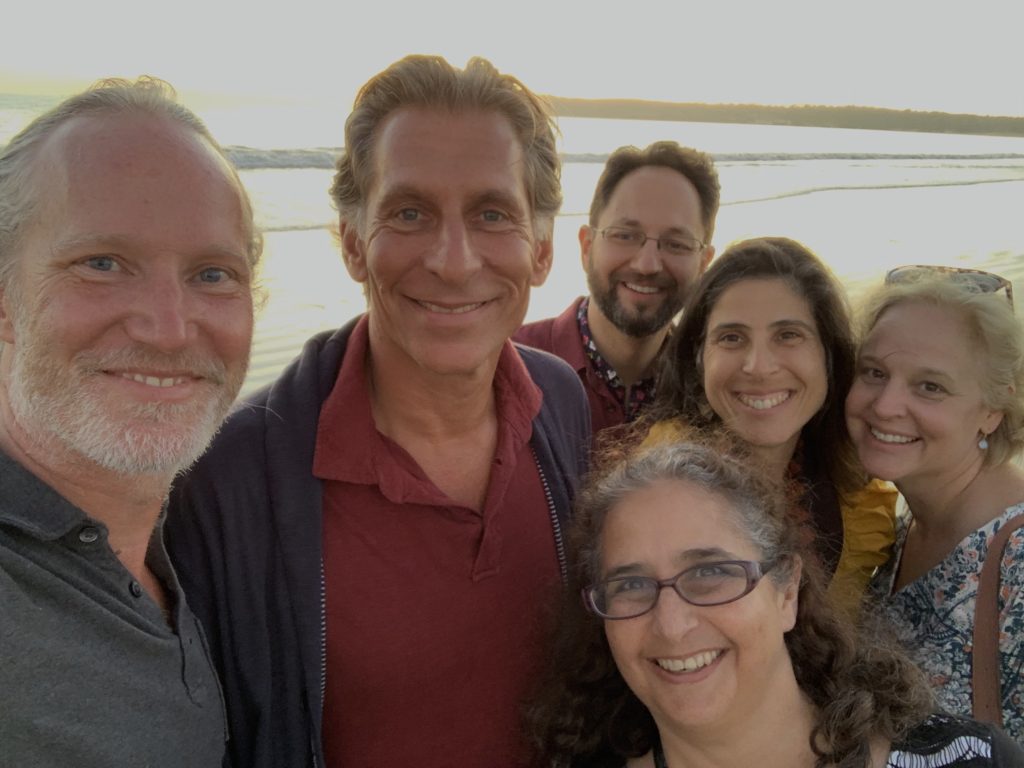
At the beginning of October, I spent a glorious week on Coronado Island, within the big bay of San Diego, California, completely focused on the treatment of skin disease. It was a much needed break from my normal clinical activities. It was a time to learn and connect with other caring health care professionals. Part 1 of the week long event was an advanced masters class on Chinese medicine dermatology, taught by my teacher Dr. Mazin Al-Khafaji.
The masters class was part of the on-going training that first started when I took Dr. Al-Khafaji’s practical Chinese medicine Dermatology Diploma program back in 2007 in London, England. Everyone in attendance had also taken the diploma program, with the vast majority of them being members of the International Traditional Chinese Medicine Dermatology Association (ITCMDA).
Dr. Al-khafaji primarily teaches with patient case histories, from his own clinical practice, using many high quality photographs that have documented the patient’s journey back to health. The learning is very practical and easy to grasp. Seeing the before and after pictures, over and over again, has to be the best way to keep everything real and honest. There is no questioning whether herbal medicines can work or not, as the results seen in the pictures speak for themselves.

Treating skin diseases of the hands and feet using vines.
Dr. Al-Khafaji began his lectures discussing methods to treat skin diseases of the hands and feet using herbal medicines which specifically work on the luo channels. In Chinese medicine theory, the luo channels are the network of superficial vessels, especially visible on the extremities. Herbs thought to affect these regions generally contain the Chinese term ‘Téng’, or vine, within their name. Examples include, Ren Dong Teng (Honeysuckle vine), Luo Shi Teng (Star Jasmine vine), and Ye Jiao Teng (Fleeceflower vine). Dr Al-Khafaji showcased many examples of using vines to treat disease of the hands and feet, particularly eczema and psoriasis.

Dr. Al-Khafaji also shared with us an herbal formula consisting of five herbs, called Zi Cao Jie Du Tang, that he created and often uses as a basic building block when treating skin disease. Dr Al-Khafaji gave many examples of this formula at work, including the treatment of rarer skin conditions like Granuloma Annulare, Eosinophilic dermatitis, and Livedoid Vasculopathy.
Methods for clearing lurking heat and fire pathogens for the treatment of skin disease.
In the last part of the two day masters class, Dr. Al-Khafaji focused on an important topic in Chinese medicine dermatology, that of lurking heat and fire. These lurking pathogens are thought to be the reason that many skin diseases become so chronic and long lasting. Continually flaring up over and over again. These could be visualized as the small embers found in a campfire. On the outside the fire may appear to be out, but when you dig in deeper you may find these embers still actively burning away.
It is interesting to contemplate that biopsies of skin, which was once inflamed with eczema, may still show signs of inflammation six or more months after the eczema apparently cleared. On the surface the skin looks healthy, but deeper inside the skin, hidden to our naked eye, there remains the potential for future eczema flare-ups. This could be a modern explanation for the old Chinese medicine concept of lurking heat and fire.
This phenomena may also explain why certain medicines, like topical steroid treatments, may fail to fully clear a skin disease. When the steroid is stopped, the inflammation often pops right back up again. The topical steroid may have failed to remove the deeper aspects of inflammation, leaving these small fire embers behind, so that the inflammation keep flaring back up again. This is certainly seen in the strong rebound flares experienced by those suffering with topical steroid withdrawal (TSW).
Herbal medicines that are used inappropriately may also do this. There are lots of warnings found in the historical writings of Chinese medicine on using caution to ensure that the right medicine is used, at the right time. Medicines with a strong action, like those used to treat diseases that are red and hot and which have a very cold and bitter nature, are advised to be used for shorter durations. The reason being that such medicines may begin to trap, and even create, heat deeper in the body if used too long. It is considered good practice to transition patients over to gentler medicines once their condition is under control.
Learning how to effectively guide inflammation out of the body, so as to attain long term health and stability, is the true strength of Chinese medicine. Dr. Al-Khafaji, with his 30+ years of busy clinical practice, is in a prime position to teach this art. As he does with every theory he presents, case histories using clear and honest photographs were presented, showing methods of removing these lurking heat and fire pathogens.
Herbal medicines are miraculous for skin disease!
It is always very exciting to learn through these case studies, matching the herbal prescription with how the skin looked in the pictures, and seeing the progression from disease to health. I have been practicing for almost 15 years now and have seen hundreds of cases presented from Dr. Al-Khafaji. I, myself, have now helped many hundreds of patients within my own clinic. Yet, I am still always in awe watching how herbal medicines can be such an effective treatment for inflammatory skin conditions. Still seems miraculous to me, even after all these years. Absolutely amazing.
All and all, the masters class was super inspiring. One of the things I love most about Chinese medicine, is that the learning never stops. There is always more to discover. I am forever grateful to my teacher, Dr. Mazin Al-Khafaji, for his many years of dedication to the treatment of skin disease. On top of helping so many patients attain good health, his ability to teach and share everything that he has learned through that experience, is a true gift to the world. It is an honour to help my own patients with the knowledge that I learn from him.
In my next blog article, I will talk about Part 2 of my week in San Diego, which was for the second official board meeting of the International Traditional Chinese Medicine Dermatology Association (ITCMDA).

